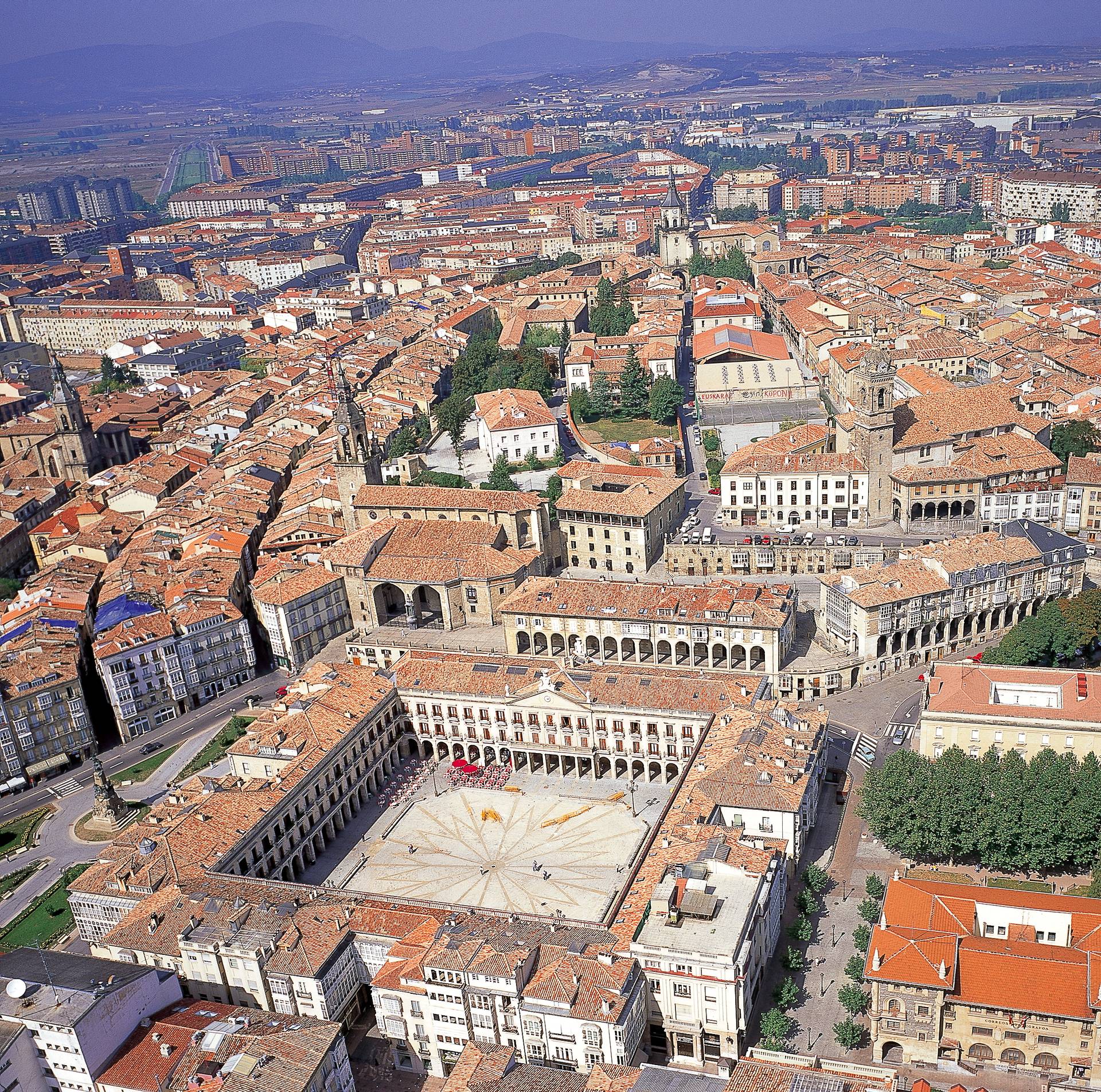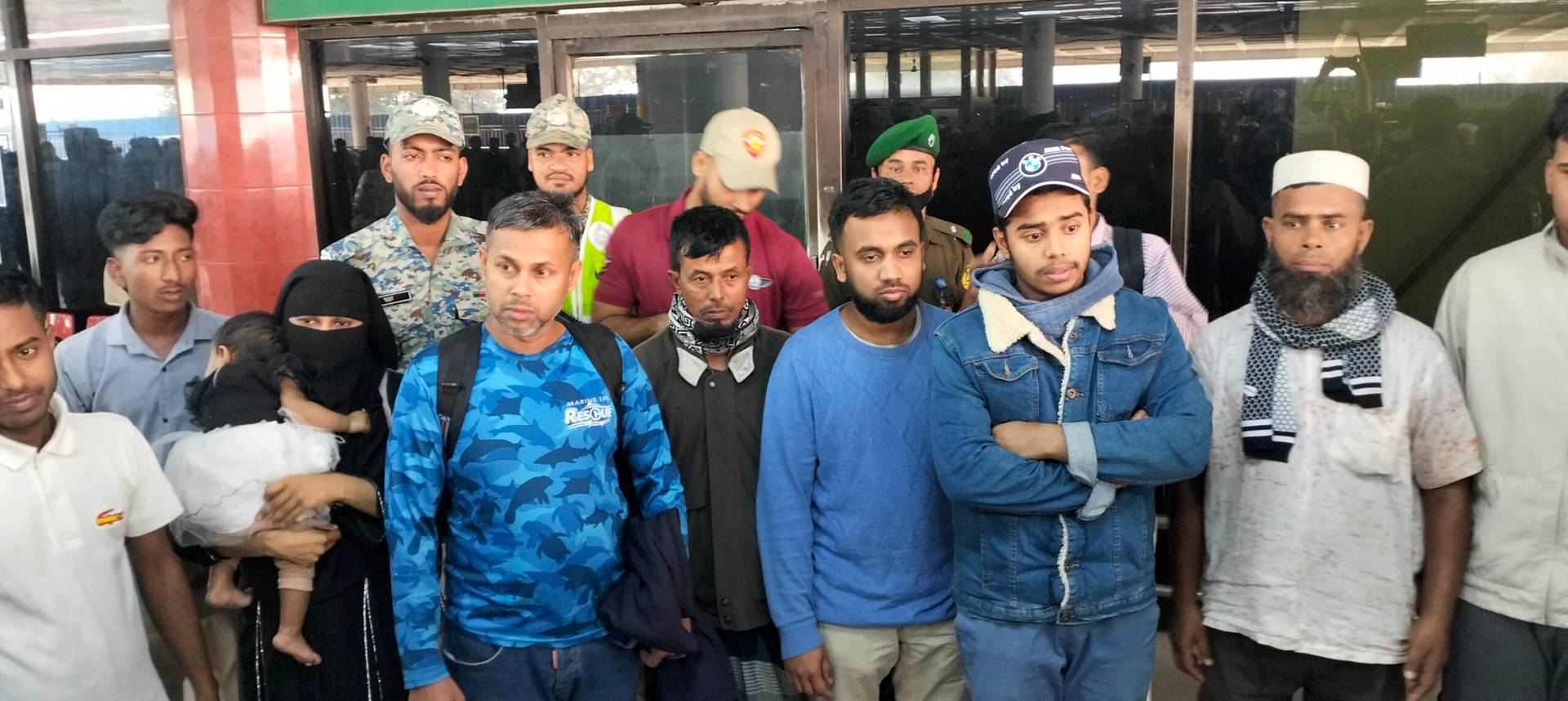TRUJILLO, Peru – An indescribable spirit of joy and hope, mixed with desolation and abandonment, is what Pope Francis encountered Saturday in the Buenos Aires neighborhood in Trujillo, in northern Peru, in a town still mourning the loss caused by the deadly floods of early 2017.
It was another chapter in what has become a regular feature of papal travel, which is the desire to stand in places where people have experienced severe disasters and try to deliver a message of hope and comfort.
The neighborhood Francis visited on Saturday was the most affected zone in a city that was heavily scarred by a meteorological phenomenon known as “coastal El Niño.” As a result of it, ten times more rain than usual fell over Peru’s northern coastal region, generating massive floods and mudslides.
The name of the phenomenon is a reference to baby Jesus, since fishermen in northern Peru first noted a change in the temperatures of the sea around Christmas time back in the late 19th century.
The neighborhood is located by the sea, and since it is seated on terrain that was eroding, it was stone-walled some years ago. As a result, when the water that flooded the entire city — together with everything it picked up on its way– tried to find its natural path towards the sea, it instead found rocks stopping the flow.
None of this pain, however, was palpable at the Guanchaco beach when Francis arrived to say Mass by the Pacific Ocean for hundreds of thousands who waited for hours- some even spending the night- to participate in the first open-air Mass of his three-day visit to Peru.
Yet during his homily, the ambience alternated between one of recollection to one of cheering, particularly when he referenced the tragedy that hit the city last year.

“Like the apostles, you know the power of nature, you have experienced its force,” Francis told the thousands who’d gathered at Guanchaco beach, in downtown Trujillo. “Just as the apostles faced the storm on the sea, you had to face the brunt of the ‘Niño costero’ whose painful consequences are still present in so many families, especially those who are not yet able to rebuild their homes.”
According to official statistics, the phenomenon caused the death of 162- with 19 disappeared and 500 wounded. An estimated 66,000 homes were destroyed, and almost 400,000 damaged. In addition, 354 schools were totaled as were 64 healthcare facilities.
According to Father Ronald La Barrera, spokesman of the papal visit in Trujillo, people are beginning to lose hope and the papal visit can provide a much-needed boost.
“Yet, it must be said, the few homes that have slowly been rebuilt, are at risk,” he told Crux over the phone on Saturday. “No provisions were made for getting the water out if this were to happen again.”
During his homily, the pope said that that the suffering caused by el Niño is what made him want to go to Trujillo, to pray with all the affected.
“We also bring to this Eucharistic celebration that difficult moment that questions our faith and often causes it to waver,” Francis said. “We want to unite ourselves to Jesus. He knows our pain and our trials; he endured the greatest of sufferings in order to accompany us in our own trials.”
Jesus, he said, with his crucifixion, showed that he wanted to be close to humanity in every painful situation, “to give us a hand and to help lift us up.”
“Ours is a God who is not unfamiliar with what we feel and suffer; on the contrary, in the midst of our pain, he stretches out his hand to us,” he insisted.
This is not the first time Francis’s foreign trips have featured a stop in a disaster zone.
In 2015 he visited the Philippines primarily to go to Tacloban, ground zero of a 2013 super-typhoon that left 6,000 dead and 4.1 million homeless. There, the pope strove to assure survivors they hadn’t been forgotten.
Braving strong winds and driving rain, Francis was forced to cut the outing short by almost four hours: as he said Mass, a new tropical storm drew steadily closer to this island in the central Philippines, but he nevertheless managed to deliver the message he had come to bring to the hundreds of thousands who braved the storm.
“When I saw this catastrophe from Rome, I felt that I had to be here,” a yellow rain poncho-clad Francis told the vast crowd gathered in a muddy field for Mass.
“I’m here to be with you,” he said. “I’m a little bit late, to tell the truth, but I’m here.”
Similarly, on Oct 4, 2016, he paid a surprise yet expected visit to Amatrice, an Italian city that had been devastated in late August by a magnitude 6.2 earthquake.
“From the first moment, I felt the need to be here. If I didn’t come before it is because I didn’t want to disturb you, considering your situation,” Francis said.
“I pray for you. Closeness and prayer, this is what I offer you.”
Close to 300 people were killed, thousands injured and displaced, and churches, shrines and other artifacts of Catholic culture damaged or destroyed in the August 24th earthquake.
In Amatrice alone, 234 lost their lives that day. According to the mayor, the town basically is “no more.” The town, some two hours away from Rome, is known to generations of Catholics around the world as the birthplace of a fabled pasta sauce called amatriciana.
Francis’s visit to the earthquake-devastated region also included stops in Accumoli, Arquata, Pescara del Tronto and Norcia, with the last destination being the epicenter of the 6.2-magnitude tremor.
RELATED: Memo to Catholics everywhere: Amatrice still needs our help
In addition to being the neighborhood of Trujillo most affected by the floods in 2017, Buenos Aires is also a side of town infamous for the high crime rates, in a city plagued by organized crime. The pontiff reference this during his homily, speaking of other “storms” that can hit these coasts, with devastating effects.
“These storms too make us question ourselves as a community and test the strength of our spirit,” Francis said. “Among these are organized violence, like ‘contract killings,’ and the insecurity that they breed.”
In this category, he also included things such as lack of educational and employment opportunities, lack of housing, and many other “situations that you have to experience, which, like terrible earthquakes, destroy the mutual trust so necessary to build a network of support and hope; earthquakes that shake the soul.”
The Argentine pontiff has also visited several places that have been hit by these other, man-made, “storms,” including war-torn countries such as Central African Republic, where the whole trip was meant to provide comfort and call for peace; the New York City memorial to the victims of September 11 back in 2015, and during his 2016 visit to Poland, he made a point to go to the infamous Auschwitz-Birkenau death camp.
Praying with families of victims of 9/11 at a Ground Zero memorial and speaking at an interfaith service, Francis offered a message of hope: “Here, amid pain and grief, we also have a palpable sense of the heroic goodness which people are capable of. … Hands reached out, lives were given.”
“This place of death became a place of life, too, a place of saved lives, a hymn to the triumph of life over the prophets of destruction and death, to goodness over evil, to reconciliation and unity over hatred and division,” he said.
His visit to Auschwitz-Birkenau was one of the few public events during which Francis chose to stay virtually silent, only exchanging private words when he greeted a small group of Holocaust survivors in Auschwitz and then 25 “Righteous Among the Nations” in Birkenau, including a Catholic nun and a priest representing two sainthood candidates.
Yet later that day, he addressed thousands of young people who’d waited for him underneath Krakow’s most famous window, in the archbishop’s home, where St. John Paul II addressed the pumped-up crowds that gathered every night during his first visit to his hometown- and every visit that followed.
“I don’t want to make you bitter, but I have to tell the truth. The cruelty of Auschwitz and Birkenau hasn’t ended. Even today many people are tortured,” the pontiff told the crowds of young pilgrims participating in World Youth Day.
“Many prisoners,” he continued in Italian, “are tortured immediately, in order to get them to talk. It’s terrible! Today there are men and women in overcrowded prisons. They live- forgive me- like animals. This cruelty is there today.”
On Saturday, addressing the hundreds of thousands who came to see him in Trujillo, the pope said that times like the one the city is going through now, in the fallout of the flood, “call into question and challenge our strength of spirit and our deepest convictions.”
“They make us realize how important it is to stand united, not alone, and to be filled with that unity which is a fruit of the Holy Spirit,” he said.

















